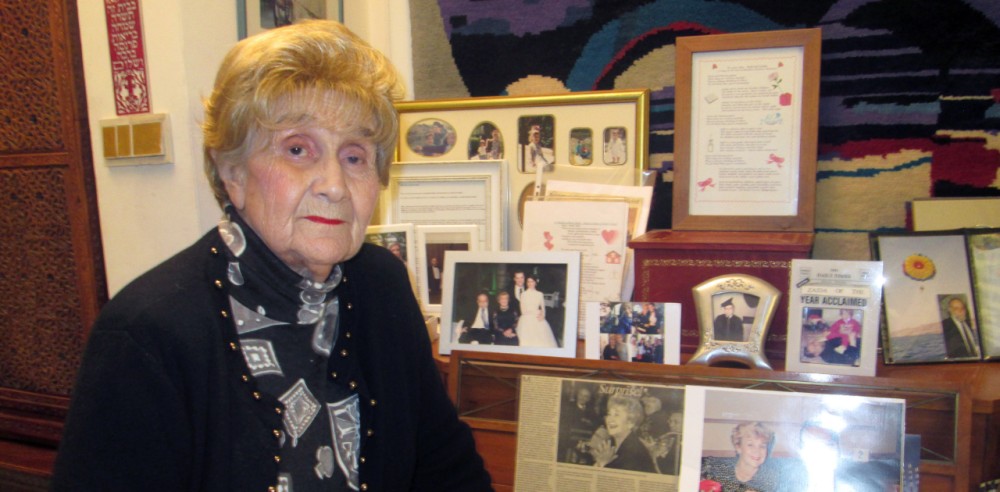Holocaust educators seek ways to preserve power of survivors’ testimony
“To hear that 6 million Jews were murdered is overwhelming,” Rena Quint said. “To hear one story from someone who lived through the Holocaust makes a strong impression.”

Rena Quint was three years old in 1939 when the Nazis herded her family into a ghetto in central Poland.
Her mother and brothers were murdered at the Treblinka extermination camp. She reunited with her father in a slave-labor camp, and he kept her alive by disguising her as a boy until he was sent to the Buchenwald concentration camp, where he was killed. By the time the Allies liberated her at the Bergen-Belsen concentration camp in 1945, when she was nine, she was the only surviving member of her family.
She speaks to various groups from around the world about her traumatic early years and the rewarding life she has led since.





